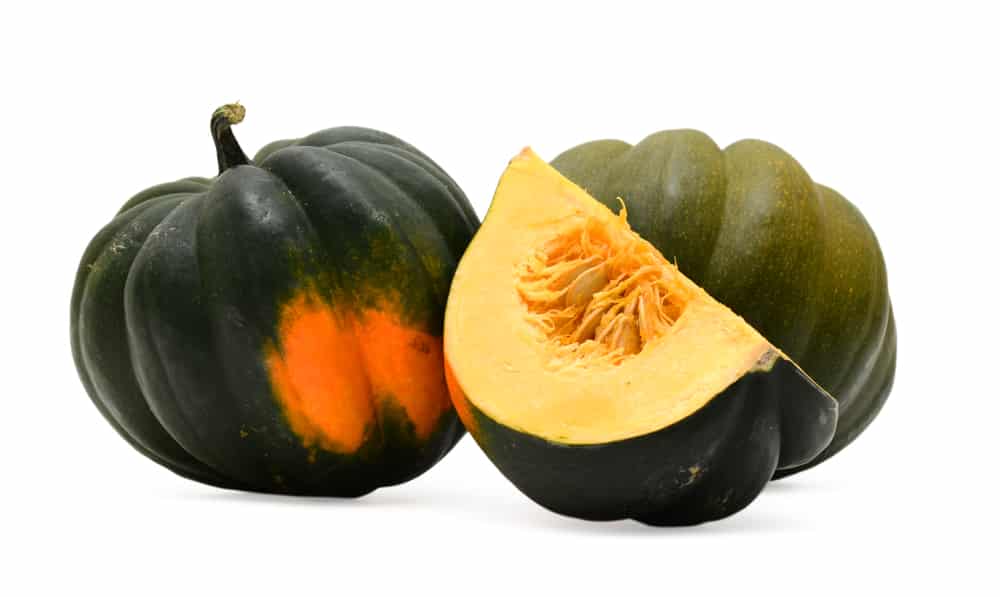
Acorn Squash Turned Orange
With the winter season approaching, everyone is looking forward to when the acorn squashes are ripe. Autumn wouldn’t be complete without their sweet, nutty flavor that works well with so many dishes.
The acorn squash is botanically classified as a fruit, but we all use it as a starchy vegetable. Acorn squashes have a similar starch level to potatoes.
If your acorn squash turned orange and you wonder if it’s gone bad, this article will provide ample information on the topic!
Checking if it’s Edible
If you cut open the acorn squash and it doesn’t show any mold, rotting, or soft spots, the squash is safe to consume. The orange color only shows that the squash has become a little over-ripe rather than going bad.
According to the farming experts, you should buy an acorn squash with a dark green color and a few orange spots on the bottom. This is because such an appearance promises a just-right ripeness level.

Selecting the Perfect Squash
Acorn squashes are usually harvested when they are dark green and fully ripe. The weight range at this point should be one to three pounds. If the squash is too big, it will be stringy and dry.
The standard is to buy an acorn squash with shiny, smooth skin and a heavy feel to it, which means it was harvested at the right time.
Acorn squashes are best purchased when they’re dark green. Some have a small patch of orange on the bottom. As long as the skin is hard (difficult to pierce with your fingernail), the squash is ready.
Be aware that some new varieties of acorn squash are orange when ready, one of them being Golden Acorn.
We have already mentioned that a few orange places on the squash show a good level of ripeness. However, if the squash is too orange, it represents an overly ripe squash.
An extensively orange squash will probably be stringy, dry, and a little bland in flavor.
Storage
If it’s stored correctly in a cool, dry, dark place with the stalk intact, acorn squash will remain edible for two to three months.
Keeping the stalk on prevents fungi and bacteria from getting in, spoiling the squash, and keeping moisture. However, if it has already turned orange, you will need to use it straight away.
Suppose you want to store the squash in the fridge, peel it, and cut it into pieces. It will still be edible if kept in a sealed container in the fridge for about three days. You can also freeze acorn squash after first cooking it.
To sum up, a mostly green and slightly orange acorn squash is safe to use and eat and should have a good flavor and texture. A completely orange squash with no moldy bits or off smell is safe but will probably be stringy and flavorless.